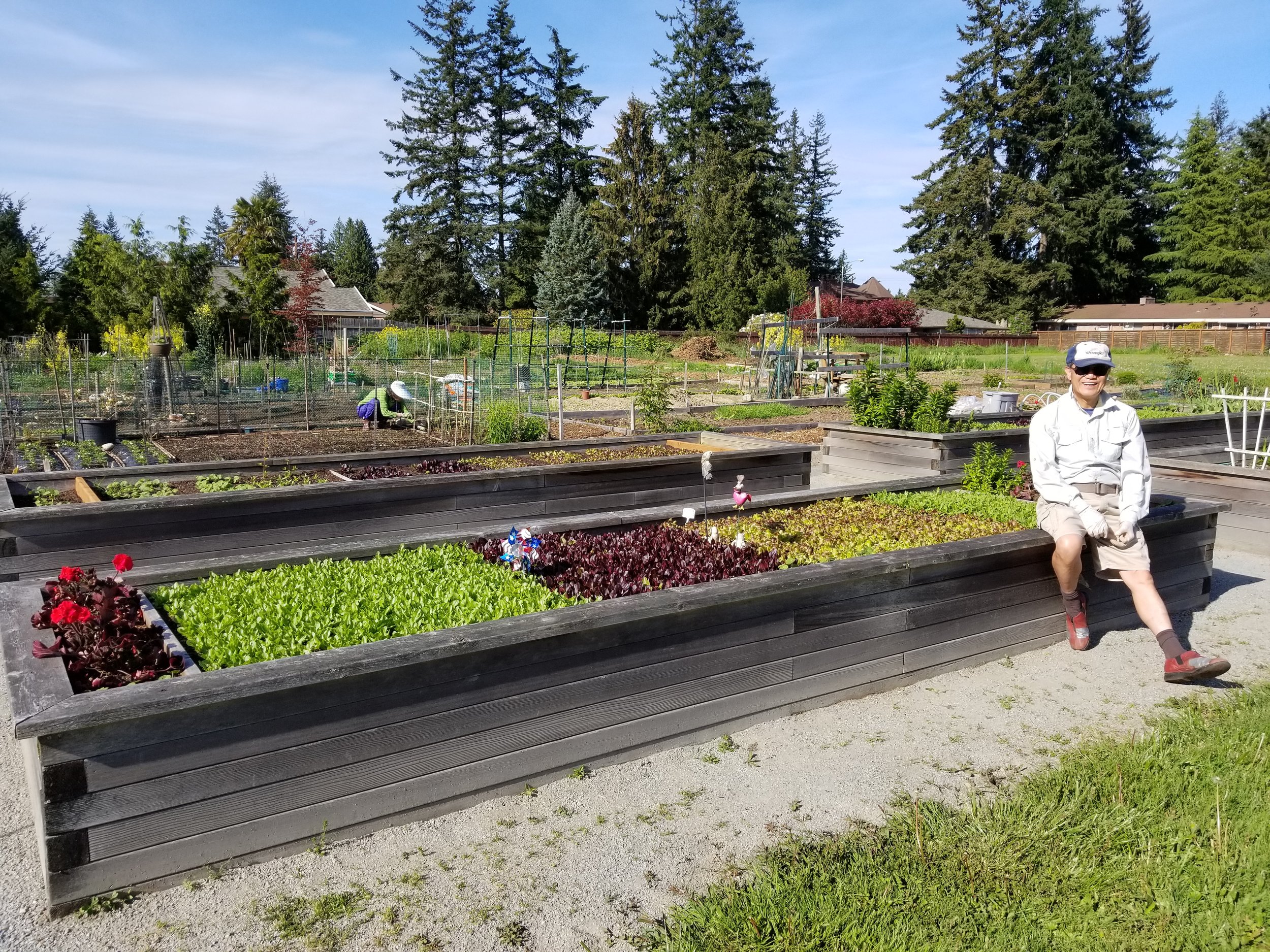Community Harvest
/Local food production can mean anything from your own backyard garden to a U-Pick Farm stand, or the acres of grain being produced down the road for livestock feed. Keeping food production local helps reduce the energy costs for transportation, enhances the local economy and supports jobs, and can be a means for neighbors to come together for the greater good of the community.
There are several exciting opportunities to participate in growing or harvesting food, even if you don’t have your own plot of land. Does your town or city have a community garden? Maybe your local senior center has some garden beds you could assist with. If you are getting ready to plant your own garden, think about adding an extra row just to donate to others or give to the food bank. Do you have extra seeds leftover? Why not share with a friend or participate in a local seed exchange.
Gleaning during the summer and fall is another way to not only help your own family, but also to help your community harvest excess crops from willing farmers for those who don’t have access to fresh produce, or who aren’t physically able to harvest their own. Gleaning can be anything from picking up fallen apples in an orchard to hand picking green beans after a mechanical harvester has been through the field. It not only helps the farmer dispose of excess edible food that is too expensive to hand pick, it helps your community by making use of produce that would otherwise go to waste.
If you don’t need an entire summer’s worth of produce from your own garden, think about sharing with your neighbors or donate to your local food bank. They are always in need of fresh produce to support their clients. Read on for some other ways that you can help ‘share the bounty’!
SCD’s Lawns to Lettuce
The District’s Lawns to Lettuce program was developed to help teach people how to create and maintain productive gardens, instead of unproductive lawns. We offer workshops and advice for those making the switch. Learn more at snocd.org/lawns-to-lettuce.
Gleaning with Project Harvest
Project Harvest aims to increase access to nutritious food in Snohomish County by connecting local farmers, food banks, and volunteers to get fresh, local produce into the hands of the food insecure. A new partnership has developed over the winter between Snohomish Conservation District’s Lawns to Lettuce program, and Volunteers of America’s, Project Harvest.
Project Harvest and Snohomish Conservation District will be hosting several gleaning events at local farms throughout the summer. Sign up for the mailing list to stay in the loop for upcoming events and workshops snocd.org/gleaning.
Plant (and Harvest) a Row
Did you know that you can donate your surplus fruit and vegetables to your hungry neighbors through your local food banks? We encourage you to think about adding an extra row to donate to others or give to the food bank. Join our new initiative and pledge to grow a little extra food this season for food for those in need. Take our pledge to stay in the loop about food bank donation hours and drop-off instructions, to ensure that every apple and zucchini makes it into a belly! Take our pledge at snocd.org/plant-a-row.
Your Guide for Fresh & Local Produce
Tilth Alliance’s Puget Sound Fresh Guide is pretty much a one-stop-shop for finding local producers, CSA’s (Consumer-Supported Agriculture) and Farmers Markets. You can also use the app on your phone if you’re traveling or heading to a certain area and you want to stop for strawberries or check out what days markets are held in a new town. Download the app and learn more at pugetsoundfresh.org.
Community Gardens
Community gardens are a great way to give back to the community and they help stock empty food bank shelves. They bring people together with a common goal and help weave community ties in the process. WSU Extension has a Growing Groceries class series that can help you learn the in’s and out’s of gardening. They also have a list of existing community gardens you can volunteer for.
Check it out at snocd.org/garden-list. If you don’t see your community garden on the list, contact the Snohomish County WSU Extension Office, at (425) 338-2400 for further information.
Looking for Community Garden Funding?
Need help expanding and improving an existing community garden? Apply for a $500 cost-share grant through Snohomish Conservation District’s Lawns to Lettuce program to help your community-based organization grow and flourish. Learn more at snocd.org/funding.
Happy Gardening!
By Lois Ruskell, Public Relations Coordinator | From Volume 29: Issue 1 of The Nexus





